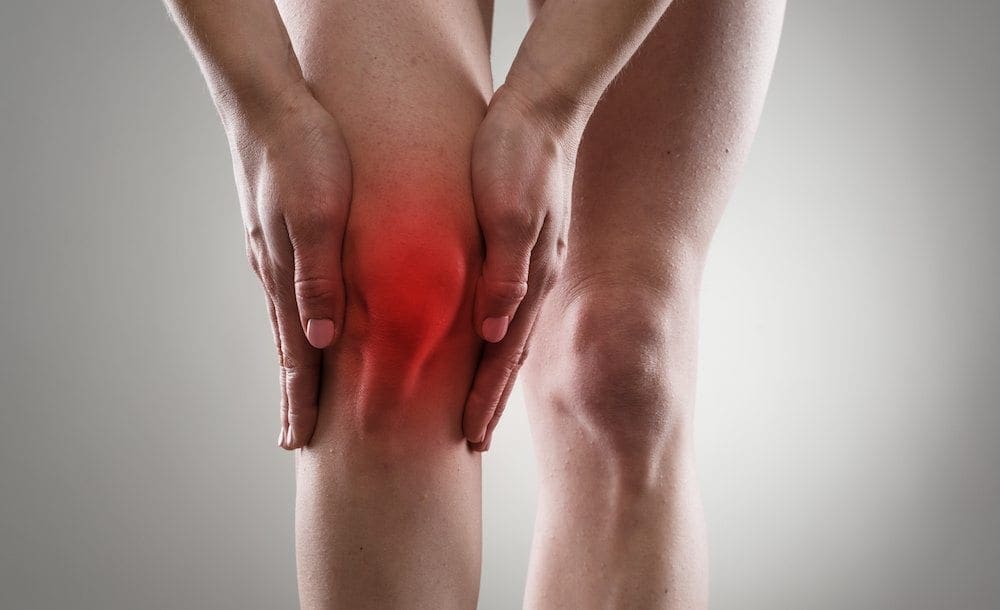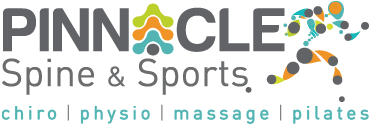By Jack Rogers | BChiroSc, MChiroprac
Have you suffered a simple ligament injury, or something more?
Current neuroscience suggests that we need to change the way we think about simple ‘joint sprains’. The fact that ligament injuries cause functional brain changes means this now becomes a neuro-physiological injury.
The Study below specifically relates to the ACL (Anterior Cruciate Ligament) of the knee.
Kapreli E, Athanasopoulos S, Gliatis J, et al. Anterior Cruciate Ligament Deficiency Causes Brain Plasticity: A Functional MRI Study. The American Journal of Sports Medicine. 2009;37(12):2419-2426.

If you’re really keen, you can check out the link here: https://pubmed.ncbi.nlm.nih.gov/19940314/
The study results showed that patients with anterior cruciate ligament deficiency had reduced activation in multiple sensory and movement brain areas, and increased activation in 3 areas compared with the control group: presupplementary motor area, posterior secondary somatosensory area, and posterior inferior temporal gyrus. These areas are extremely important as they help us plan movement based upon what we see.
We won’t bore you with all the technical details, so here’s the basic conclusion….
Conclusion
The current study reveals that anterior cruciate ligament deficiency can cause reorganisation of the central nervous system, suggesting that such an injury might be regarded as a neurophysiologic dysfunction, not a simple peripheral musculoskeletal injury. This evidence could explain clinical symptoms that accompany this type of injury and lead to severe dysfunction.
Understanding the pattern of brain activation after a peripheral joint injury such as an ACL injury changes the goals of rehabilitation: Simple strength is no longer the key indicator for rehabilitation and further injury prevention. Motor control learning – teaching the brain to talk again to the injured part – to improve fine motor skills is the pillar to recovery.
Understanding this type of injury, along with any ligamentous injury of the body such as ankle sprains, shoulder ligament injuries and even tennis elbow, gives us a clearer understanding of how to manage their rehabilitation.
It adds even more weight to our standard approach here at Pinnacle: Repair, Retrain, Maintain.
